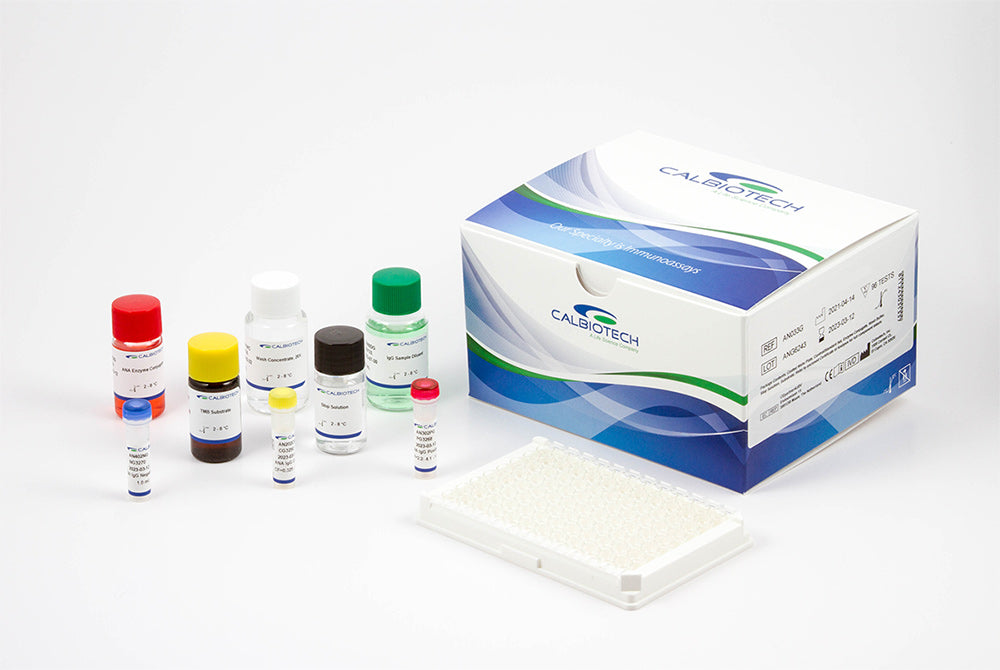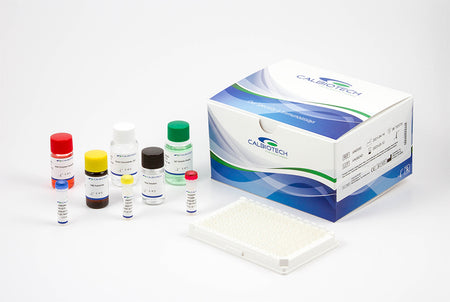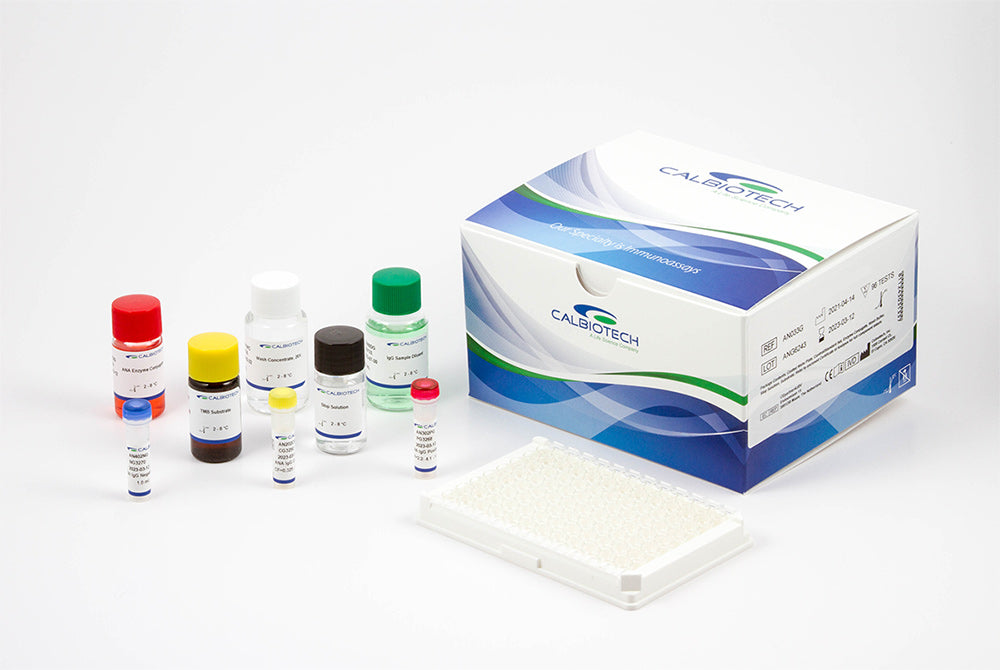CA15-3 ELISA
Regular price
$350.00
Couldn't load pickup availability
SUMMARY AND EXPLANATION:
Got questions?
Feel free to get in touch
United States: For Research Use Only. For professional use only. Not for use in diagnostic procedures.
International Markets: For Export Only. For professional use only. Use subject to applicable regulations in the destination country.
| Catalog number |
CA240T |
| Product type |
ELISA
|
| Quantity |
96 Tests (12x8 breakable strip wells)
|
| Standard range |
10-240 U/mL
|
| Sample volume |
25 µl/well
|
| Species |
Human
|
| Storage and Stability |
Store the kit at 2-8° C. Keep microwells sealed in a dry bag with desicants. The reagents are stable until expiration of the kit. Do not expose test reagents to heat, sun or strong light.
|
| Precautions |
The calibrator and controls contain human source components, which have been tested and found non-reactive for hepatitis B surface antigen as well as HIV antibody with FDA licensed reagents. However, as there is no test method that can offer complete assurance that HIV, Hepatitis B virus or other infectious agents are absent, these reagents should be handled at the Biosafety Level 2, as recommended in the Centers for Disease Control/National Institutes of Health manual, "Biosafety in Microbiological and Biomedical Laboratories." 1984
|
| References |
|
- Instruction For Use Download
Order by 2PM to get delivered next working day! We use 24 hours service with carriers in most cases so that you can get your order delivered on time.
- SKU CA240T



